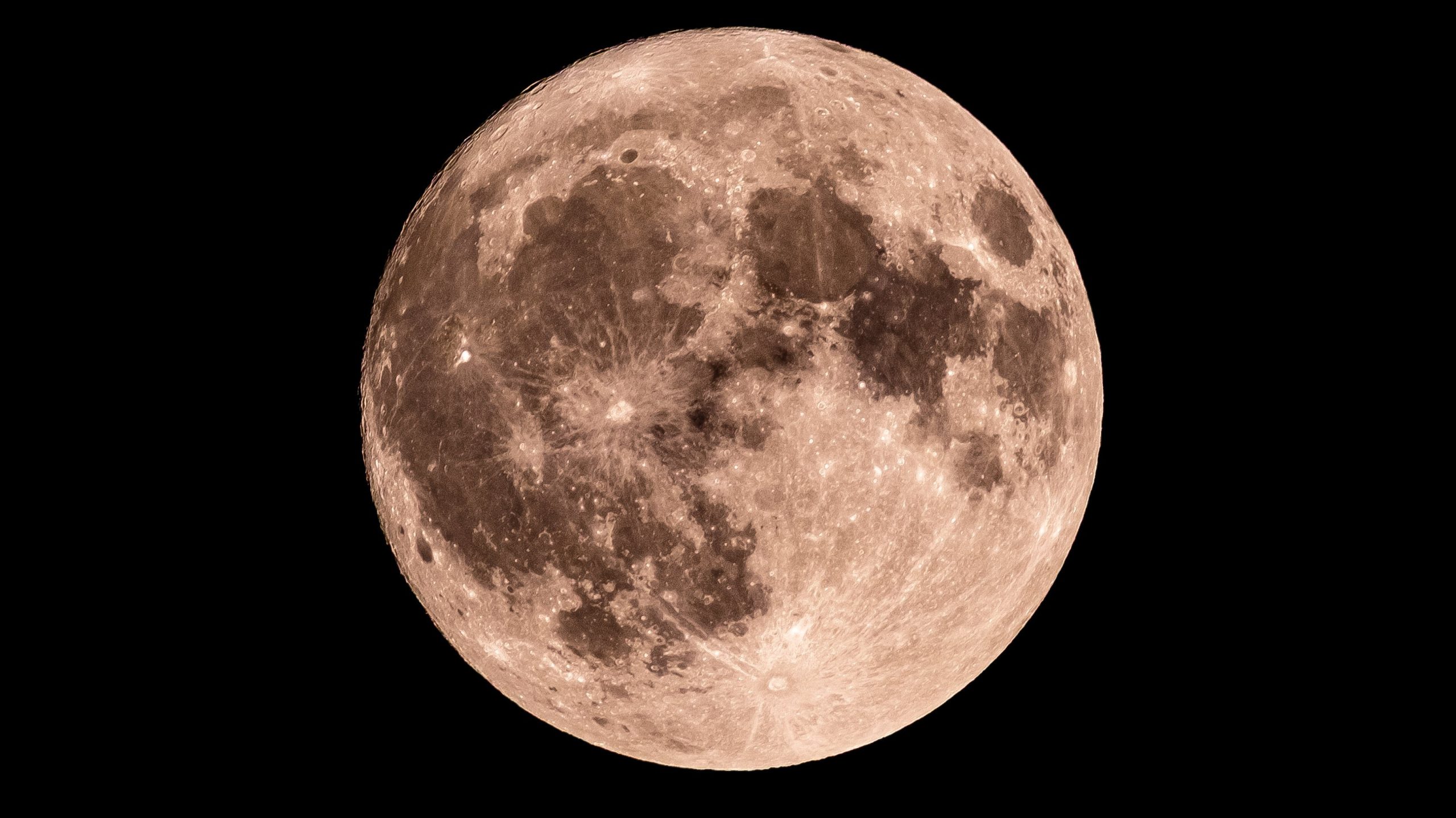How AI helped astronomers uncover one truly weird supernova

Scientists have discovered a peculiar supernova that may have resulted from a star’s misguided attempt to swallow a black hole.
The new case, soon to be published in The Astrophysical Journal, supports the idea that massive stars don’t just explode when they get old. Dramatic space collisions may trigger at least some of these fatal blasts, too.
To find the exotic supernova, dubbed SN 2023zkd, astronomers used a new artificial intelligence algorithm tied to a Slack bot to scan for unusual explosions in real time. Called the Light curve Anomaly Identification and Similarity Search, the tool’s prompt notification gave them enough of a lead to plan and execute large telescope observations before the explosion faded out.
Scientists have used classic AI methods like this for decades to help sift through heaps of data, said V. Ashley Villar, an assistant professor of astronomy at Harvard, especially in the age of robotic telescopes, which spot thousands of flickering lights nightly. But nowadays, generative AI, which can learn from data, is becoming increasingly helpful, said Villar, an author of the paper.
“Our research group has embraced these new technologies to help us in our daily tasks: classifying stellar explosions, inferring physical properties of stars quickly, and even identifying exciting new systems like 2023zkd,” she told Mashable. “We do this by carefully integrating our astrophysical knowledge and sanity-checking responses from AI systems.”
The explosion, about 730 million light-years away from Earth, was first detected in July 2023 by the Zwicky Transient Facility, a robotic telescope partly funded by the U.S. National Science Foundation in California.
What made this event unusual was that it didn’t have just one burst of light, but two, spaced about eight months apart. And that wasn’t the only surprise. After digging through the archives, researchers found that the source had been gradually increasing in brightness before it detonated. That kind of ramp-up to a supernova is not the status quo, the researchers said.
Half a century ago, black holes were an idea on paper that even leading scientists doubted. Now they’re firmly established in astronomy. The most common type, stellar black holes, form when a massive star ends its life in a supernova, collapsing its remaining material into a dense, compact object, from which no light escapes.
Unlike planets or stars, black holes don’t have a surface. Instead, they’re surrounded by an “event horizon,” the ultimate point of no return, where anything crossing it is trapped forever by gravity.
Credit: Melissa Weiss / CfA illustration
What makes it a weird supernova
It’s possible the black hole ravaged the star before it could blast apart. If that were the case, the black hole might have reeled in the stellar material, causing the debris to smash into surrounding gas, which then sparked a supernova emission.
But the simplest explanation for what happened is that a massive helium-rich star was in a close orbit with a companion black hole, each perhaps 10 times more massive than the sun. When they began to merge, the event triggered the supernova, according to The Harvard & Smithsonian Center for Astrophysics and MIT, who led the study as part of the Young Supernova Experiment. That project is a sky survey to catch the explosions immediately after their onset.
The AI tool flagged the event months before its most unusual behavior, said Alexander Gagliano, another author of the upcoming paper.
“Both the star and the black hole ‘feel’ one another’s gravitational pull. In one sense, the black hole is ‘swallowed’ by the hot gas of the star, which is sloshing around the system,” Gagliano told Mashable. “But in another sense, the black hole is responsible for the ultimate destruction of the star.”
How artificial intelligence tools helped
Here’s how the LAISS AI tool worked: Each supernova source is broken down by its features, such as its color, duration, and peak brightness, as well as by its host galaxy’s characteristics. Those components go into a database for an algorithm to review for events that are statistically abnormal.
About half of the supernovas it flags are genuinely weird. Another roughly 25 percent turn out to be active supermassive black holes at the centers of galaxies, which are not what the researchers are looking for. Though the tool turns up a lot of events they don’t want, it at least narrows them down to a more manageable list for further vetting, said Gagliano, an Institute for Artificial Intelligence and Fundamental Interactions fellow.
That being said, the new Vera C. Rubin Observatory, which scientists expect will exponentially increase the number of supernova detections, will require even more creative and selective solutions for sorting through the data.
“More recently, we’ve been moving to more ‘modern’ AI methods to extract less interpretable but more flexible features from images of the supernova galaxies,” Villar said.
Fun fact: The LAISS tool also has the capability to find and group similar supernovas. To do this, it relies on ANNOY, an open-source Spotify algorithm — except instead of recommending songs with similar vibes, it suggests astronomical events.
Now you might be wondering: When a massive star goes supernova, it typically collapses into a black hole. But what happens when a star goes supernova because of its interaction with a black hole?
“A larger black hole is what remains,” Gagliano said.
Mashable







